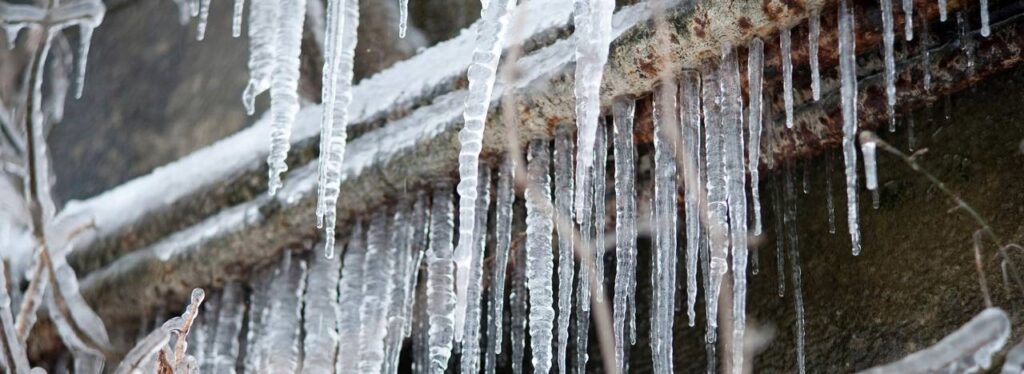Avoiding Frozen Plumbing in Winter: Essential Strategies
Avoiding Frozen Plumbing in Winter: Essential Strategies
Blog Article
Right here down the page you can locate more very good help and advice in regards to Prevent Frozen Pipes .

Cold weather can damage your plumbing, especially by freezing pipelines. Here's how to stop it from occurring and what to do if it does.
Introduction
As temperatures decline, the danger of frozen pipes increases, potentially causing expensive repairs and water damages. Understanding just how to stop icy pipelines is critical for property owners in cool environments.
Recognizing Icy Pipes
What causes pipes to freeze?
Pipes freeze when subjected to temperature levels below 32 ° F (0 ° C) for extended periods. As water inside the pipes ices up, it increases, taxing the pipeline wall surfaces and potentially causing them to rupture.
Threats and problems
Frozen pipelines can cause supply of water disruptions, residential property damage, and costly fixings. Burst pipelines can flood homes and cause substantial structural damage.
Indicators of Frozen Pipeline
Identifying icy pipes early can stop them from rupturing.
Just how to recognize icy pipelines
Look for reduced water flow from faucets, uncommon smells or sounds from pipelines, and noticeable frost on revealed pipelines.
Avoidance Tips
Shielding prone pipes
Cover pipes in insulation sleeves or make use of warmth tape to shield them from freezing temperatures. Focus on pipes in unheated or outside locations of the home.
Heating strategies
Keep interior spaces adequately warmed, especially locations with plumbing. Open cabinet doors to permit warm air to distribute around pipelines under sinks.
Shielding Exterior Pipes
Garden pipes and outside faucets
Separate and drain garden pipes before winter. Install frost-proof faucets or cover exterior taps with insulated caps.
What to Do If Your Pipelines Freeze
Immediate activities to take
If you believe icy pipelines, keep taps available to alleviate pressure as the ice thaws. Make use of a hairdryer or towels taken in warm water to thaw pipelines gradually.
Long-Term Solutions
Architectural modifications
Consider rerouting pipes far from exterior walls or unheated locations. Add extra insulation to attic rooms, basements, and crawl spaces.
Upgrading insulation
Invest in top quality insulation for pipelines, attics, and wall surfaces. Appropriate insulation helps keep regular temperature levels and decreases the danger of icy pipelines.
Final thought
Stopping icy pipes requires aggressive measures and quick reactions. By recognizing the reasons, indicators, and safety nets, homeowners can protect their pipes during winter.
5 Ways to Prevent Frozen Pipes
Drain Outdoor Faucets and Disconnect Hoses
First, close the shut-off valve that controls the flow of water in the pipe to your outdoor faucet. Then, head outside to disconnect and drain your hose and open the outdoor faucet to allow the water to completely drain out of the line. Turn off the faucet when done. Finally, head back to the shut-off valve and drain the remaining water inside the pipe into a bucket or container. Additionally, if you have a home irrigation system, you should consider hiring an expert to clear the system of water each year.
Insulate Pipes
One of the best and most cost-effective methods for preventing frozen water pipes is to wrap your pipes with insulation. This is especially important for areas in your home that aren’t exposed to heat, such as an attic. We suggest using foam sleeves, which can typically be found at your local hardware store.
Keep Heat Running at 65
Your pipes are located inside your walls, and the temperature there is much colder than the rest of the house. To prevent your pipes from freezing, The Insurance Information Institute suggests that you keep your home heated to at least 65 degrees, even when traveling. You may want to invest in smart devices that can keep an eye on the temperature in your home while you’re away.
Leave Water Dripping
Moving water — even a small trickle — can prevent ice from forming inside your pipes. When freezing temps are imminent, start a drip of water from all faucets that serve exposed pipes. Leaving a few faucets running will also help relieve pressure inside the pipes and help prevent a rupture if the water inside freezes.
Open Cupboard Doors
Warm your kitchen and bathroom pipes by opening cupboards and vanities. You should also leave your interior doors ajar to help warm air circulate evenly throughout your home.

As a passionate reader on How To Avoid Freezing Pipes, I assumed sharing that excerpt was a good thing. Do you know somebody who is inquisitive about Prevent Frozen Pipes ? Feel free to share it. Many thanks for being here. Don't forget to check our site back soon.
Click Here Report this page